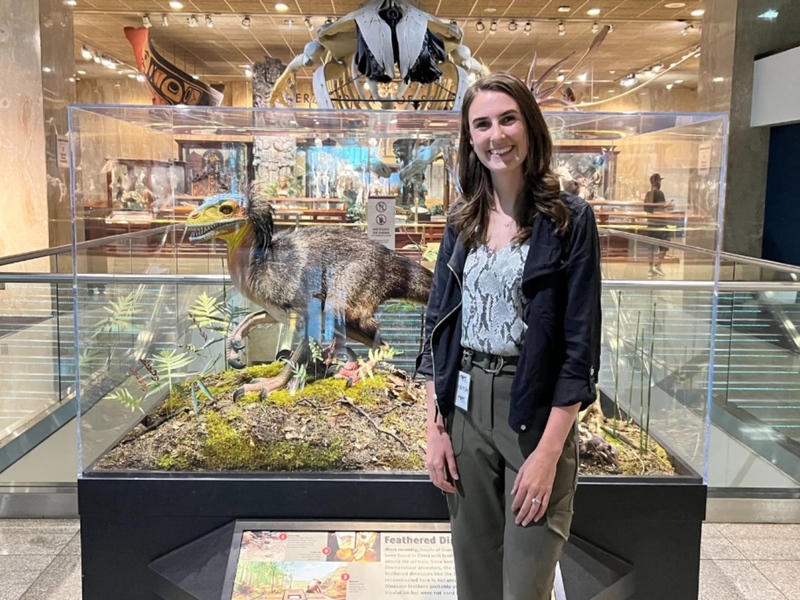They lift your spirits, prompt you to think, make you feel grateful, and inspire you to do more. They connect you to our community – in a positive way -- shining a spotlight on what is good about Milwaukee. These are "Uniquely Milwaukee" stories from Radio Milwaukee.
On a global scale, soccer reigns as the most popular sport. Just a few weeks ago, the Super Bowl set a record by reaching 123.7 million viewers. Compare that to the final of the 2022 World Cup, which according to FIFA was viewed by 1.5 billion people.
On a more personal level, in talking with friends from diverse ethnic backgrounds – such as Mexico and Serbia – we often evoke memories of soccer deeply intertwined with our respective cultures. I can vividly recall neighborhood kids engaging in full games on the streets, pausing only for passing cars. For boys, wearing Messi and Ronaldo jerseys wasn't just a choice; it was a fashion statement. Cafes and dedicated spaces for watching matches were commonplace.
The landscape of soccer in America, with the country preparing to co-host the 2026 World Cup, tells a different story. Financial strains limit access for lower-income individuals and families. Geographical inaccessibility results from elite clubs being situated far from urban areas. In short, there's a lack of cultural and socio-economic diversity.
As former U.S. Women’s National Team goalkeeper Hope Solo put it, soccer is "a rich, white kid sport."
These challenges make the tale of Jimmy Banks all the more inspiring. Growing up as a Black kid in Milwaukee's Westlawn Housing Projects, he defied the odds in 1990 to become one of the first two American-born Black players to participate in the World Cup.
Banks passed away from cancer in 2019, but his legacy lives on through the Milwaukee organization Friends of Jimmy Banks, which tirelessly advocates to lift up his story. The group – comprising friends, former players, coaches and family members – successfully renamed Custer Stadium, where Banks attended high school, to Jimmy Banks Memorial Stadium. Currently, they're raising funds for a public mural in Banks’ old neighborhood, aiming to capture his legacy and perhaps inspire others to follow his example.
In this episode of Uniquely Milwaukee, I sit down with Jimmy Banks' son Jordan and close friend Wendell Willis to delve deeper into his legacy, why his story remains largely untold, and the invaluable lessons for those on and off the field.







